9+ Sample Painting Contracts
-
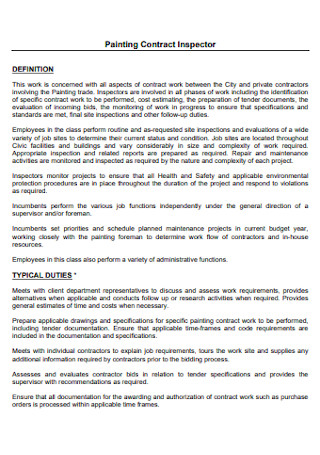
Painting Contract Inspector
download now -

Painting Contract Services Template
download now -
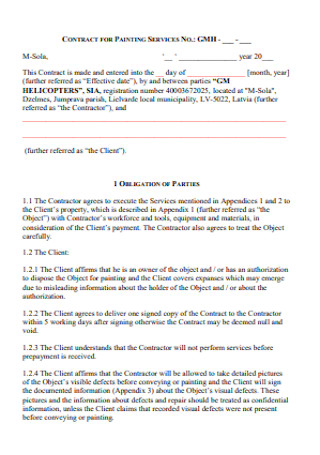
Contract for Painting Format
download now -
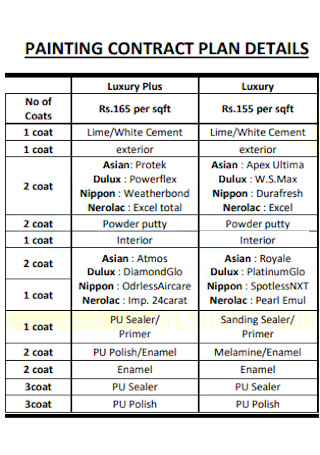
Painting Contract Plan
download now -

City Signal Pole Painting Contract
download now -
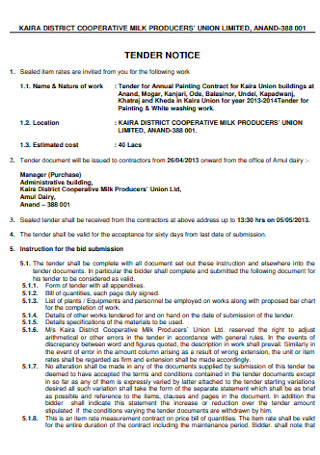
Tender for Annual Painting Contract
download now -

Professional Painting Contract
download now -
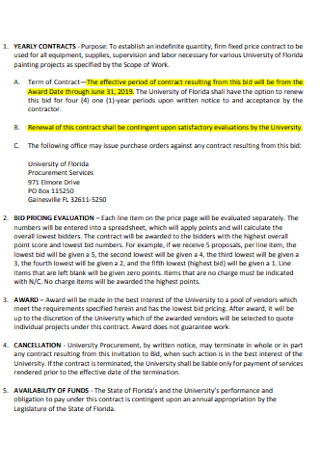
Yearly Painting Contract
download now -
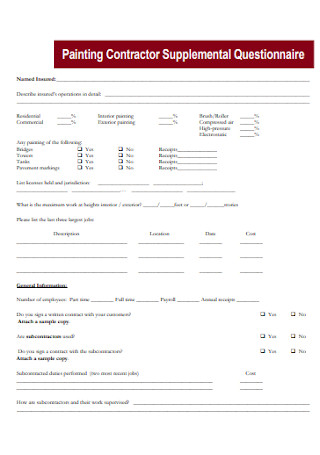
Painting Contractor Supplemental Questionnaire
download now -

Painting at Overlake Station Contract
download now
FREE Painting Contract s to Download
9+ Sample Painting Contracts
What is a Painting Contract?
Elements of a Painting Contract
How to Make a Painting Contract?
FAQs
1. What is the difference between a subcontractor and an independent contractor?
2. What is the difference between commercial painting and residential painting?
3. What are painting bids?
What is a Painting Contract?
A painting contract, also known as a painting agreement, or even an artist agreement in some cases, is a written and signed agreement between the client and the painting contractor or painting company. This includes the terms and conditions, scope of work, materials and financial negotiation. This basically provides a very specific and detailed list of the parameters and expectations within the duration of the painting process. This contract protects both parties’ rights and is subject to legal action if they breached.
Elements of a Painting Contract
To protect yourself from breach, you should always check if your painting contract contains all the necessary information to make it valid. Make sure these elements are present.
How to Make a Painting Contract?
The painting contract serves as your protection incase of breach. Templates are provided above but you can use these steps too:
Step 1: Gather the Information of the Parties Involved.
In any contracts, the first thing is to identify general information of the persons involved in the agreement. Knowing who you’re negotiating with can also help you estimate the contract’s risks and uncover important information on the other party. When one of the parties to a contractual agreement gives the other party information that is misleading, untrue, or deceptive in any manner, this is known as contract fraud and this could lead to breach.
Step 2: State the Objectives.
A painting contract should state the objectives of the agreement. This includes the rights and obligations of both parties. A description of the agreed-upon task, job checklist, and desired outcome should be included. Define difficult terms, if there is, like items and tools. This should be as specific as possible to ensure clarity.
Step 3: Specify Dates of Render
A contract should be definite of the rendering time and date. Dates are needed to calculate the duration of the agreement. This allows both parties to know that they are making ends meet and for performace evalaution. It is critical that a contract be finished on time since failure to do so may frustrate the contract’s entire purpose, leaving the promisee vulnerable to damages.
Step 4: Specify Financial Matters.
Be specific with the agreed amount in exchange for the service. State the prices of each of the items to be bought with their corresponding quantities and prices. Money is a big issue and is usually the thing that causes conflicts. So, always be specific as possible with the flow of money. Lay everything down.
Step 5: Ensure signatures.
Signatures are a very important part of a contract. This identifies the people involved within the contract. The very reason why this is put at the end of the contract is to make sure that the signing parties have read, understood and agreed upon the contents of the painting contract. Any contract is considered invalid without a signature
FAQs
1. What is the difference between a subcontractor and an independent contractor?
Independent contractors are employed by the clients or the employers. Subcontractors are employed and paid by independent contractors but still perform the labor for the clients or employers.
2. What is the difference between commercial painting and residential painting?
Commercial painting typically entails the painting of entire commercial structures, such as office buildings and retail stores. Residential painting, on the other hand, refers to painting only elements of a home, such as the walls and roofs.
3. What are painting bids?
Painting bids is also known as estimation used to arrive at the most accurate pricing. It all relies on variable expenses, paint supplies, equipment rentals and profit margin goals. The pricing should be competitive with the market while still allowing the painting contractors to earn a decent profit for the hard effort being put in and the outstanding service produced.
Whether you are a client or a painting contractor, nothing gives you peace of mind in transacting with work more than a painting contract. Establishing legal framework demonstrates to the parties involved that you care about each other as much as your own. This also fosters trust and aids in the resolution of disputes, the collection of payments, and the protection of important assets. So always make sure to secure one before transacting with work.
